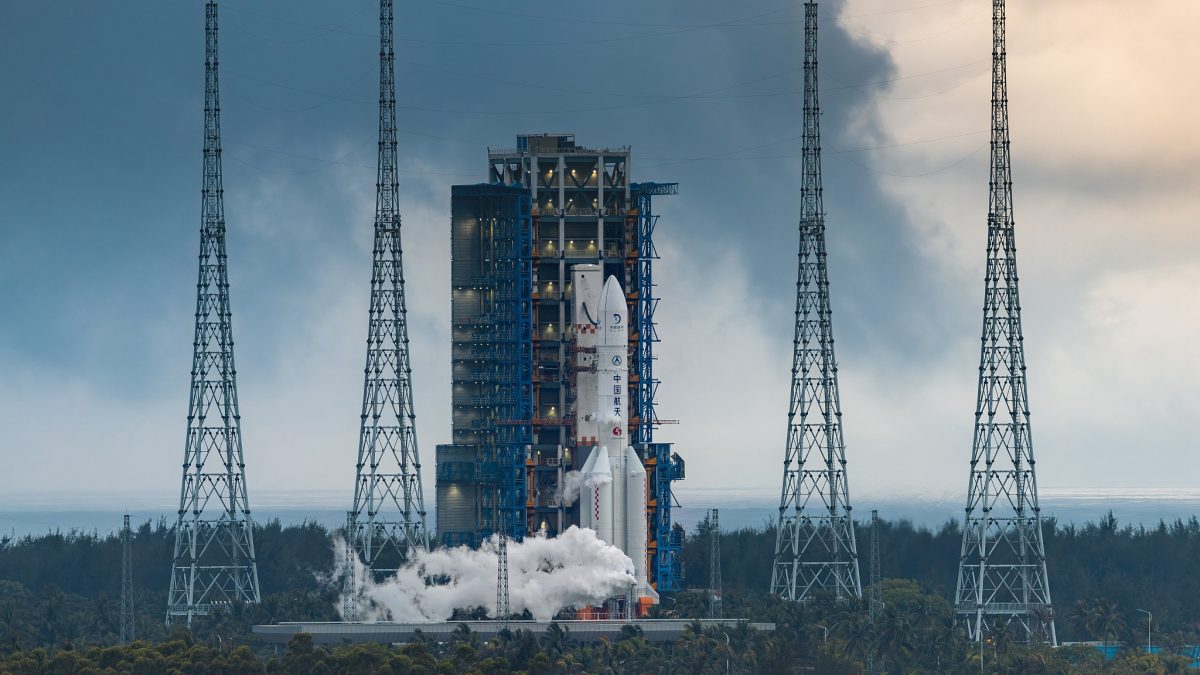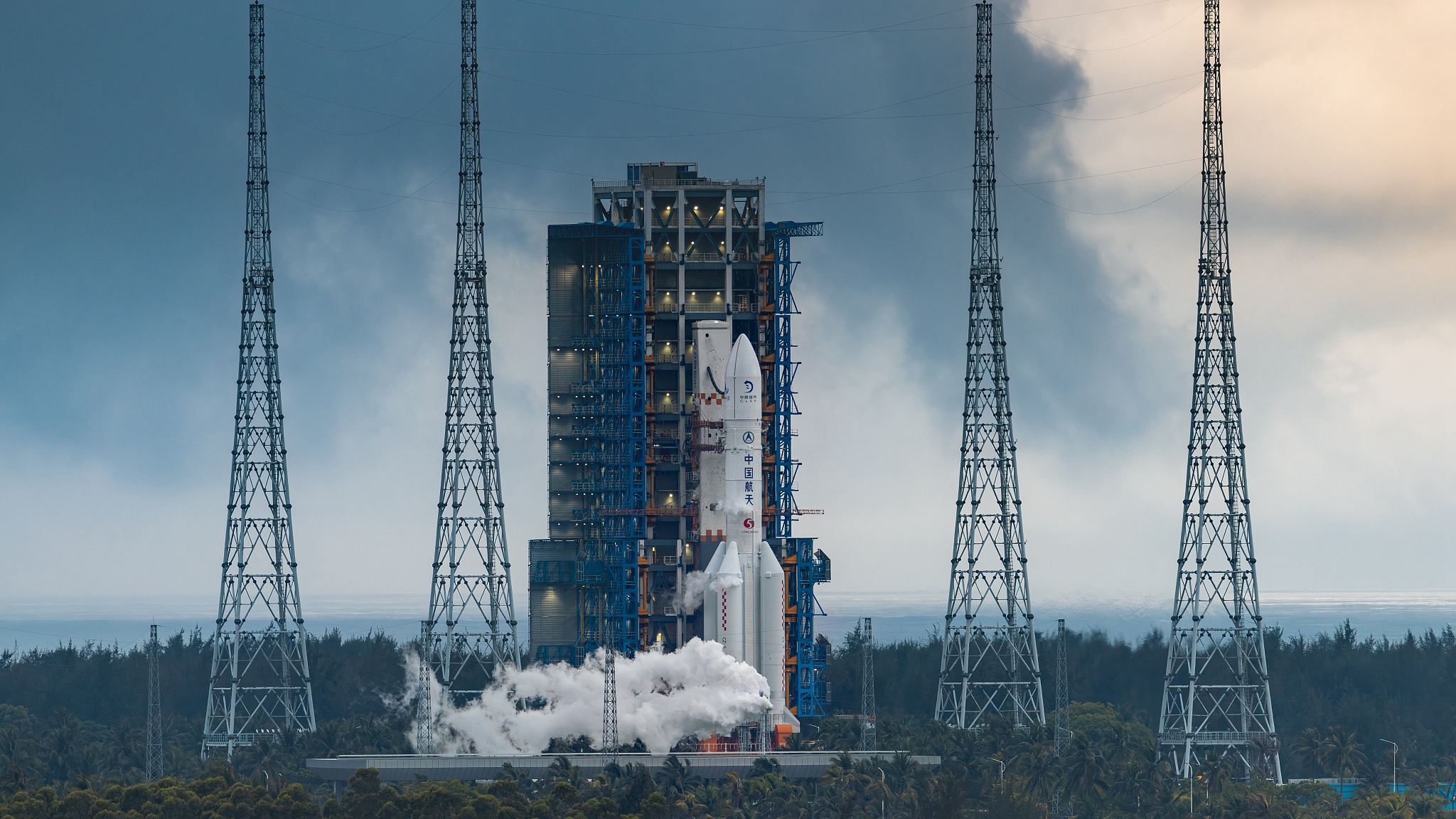 A Long March-5 Y8 rocket, carrying the Chang’e-6 lunar probe, blasts off from the Wenchang Spacecraft Launch Site in south China’s Hainan Province, May 3, 2024. /CFP
A Long March-5 Y8 rocket, carrying the Chang’e-6 lunar probe, blasts off from the Wenchang Spacecraft Launch Site in south China’s Hainan Province, May 3, 2024. /CFP
A Long March-5 Y8 rocket, carrying the Chang’e-6 lunar probe, blasts off from the Wenchang Spacecraft Launch Site in south China’s Hainan Province, May 3, 2024. /CFP
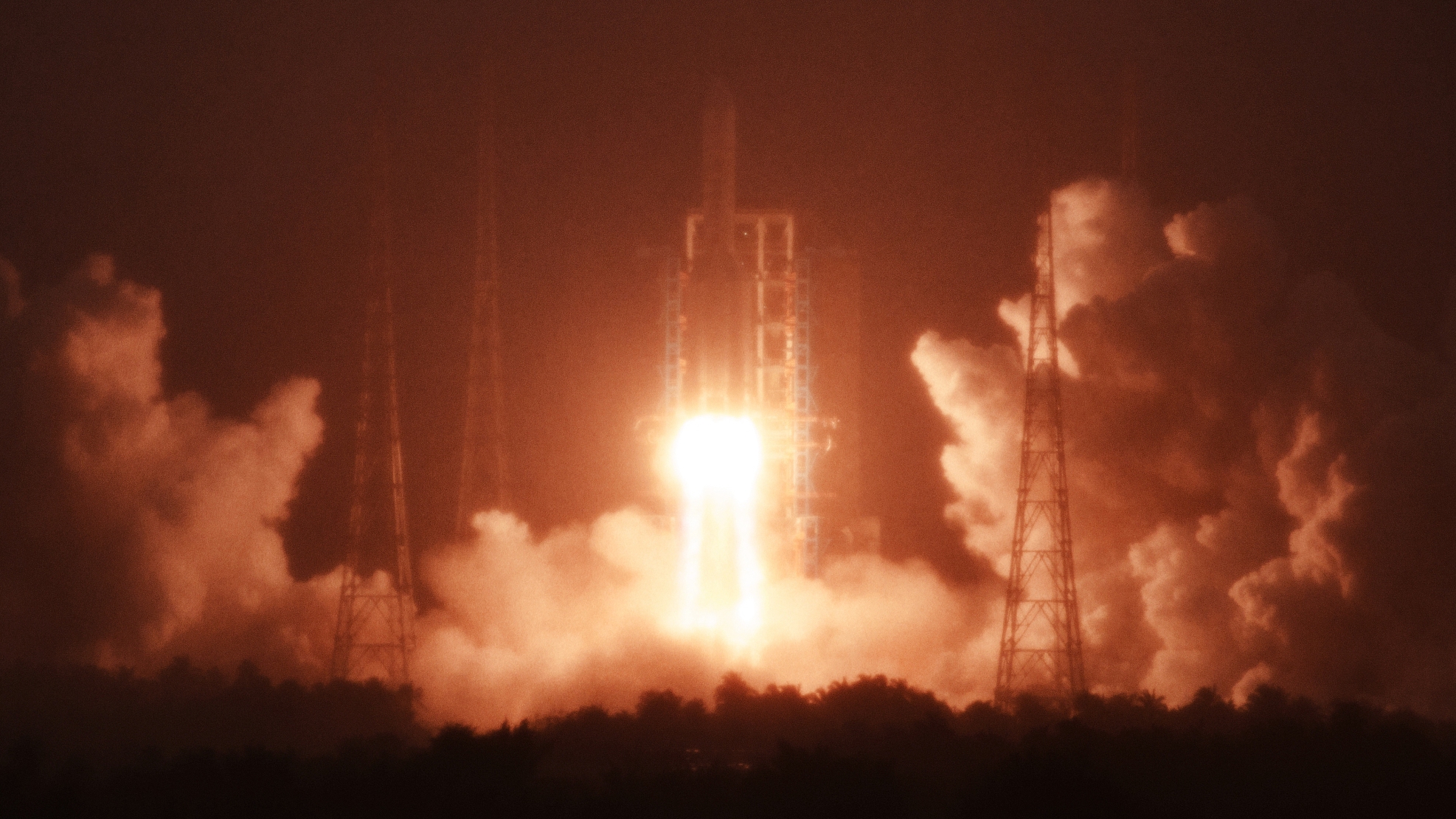 A Long March-5 Y8 rocket, carrying the Chang’e-6 lunar probe, blasts off from the Wenchang Spacecraft Launch Site in south China’s Hainan Province, May 3, 2024. /CFP
A Long March-5 Y8 rocket, carrying the Chang’e-6 lunar probe, blasts off from the Wenchang Spacecraft Launch Site in south China’s Hainan Province, May 3, 2024. /CFP
A Long March-5 Y8 rocket, carrying the Chang’e-6 lunar probe, blasts off from the Wenchang Spacecraft Launch Site in south China’s Hainan Province, May 3, 2024. /CFP
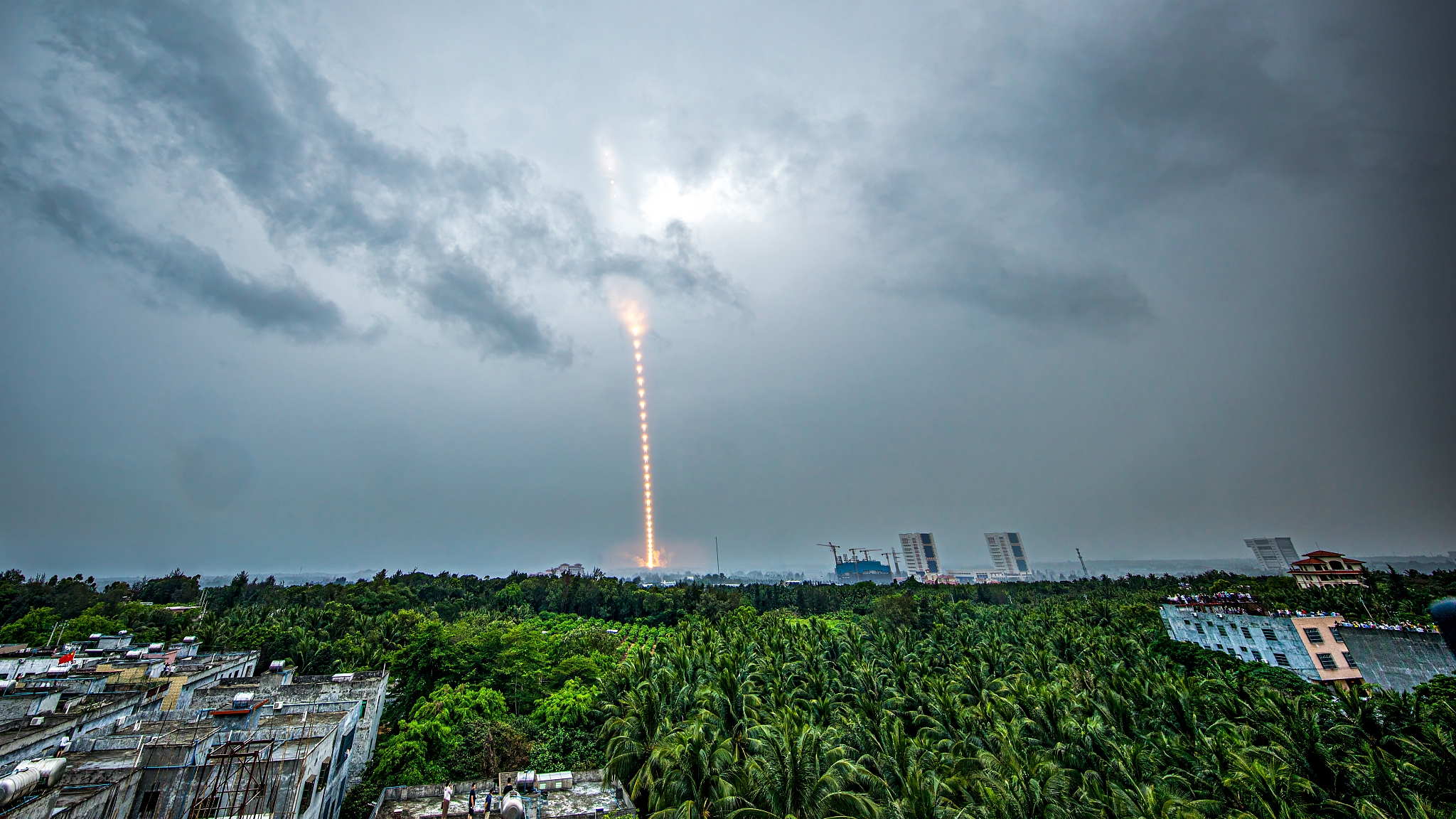 A Long March-5 Y8 rocket, carrying the Chang’e-6 lunar probe, blasts off from the Wenchang Spacecraft Launch Site in south China’s Hainan Province, May 3, 2024. /CFP
A Long March-5 Y8 rocket, carrying the Chang’e-6 lunar probe, blasts off from the Wenchang Spacecraft Launch Site in south China’s Hainan Province, May 3, 2024. /CFP
A Long March-5 Y8 rocket, carrying the Chang’e-6 lunar probe, blasts off from the Wenchang Spacecraft Launch Site in south China’s Hainan Province, May 3, 2024. /CFP
China sent the Chang’e-6 lunar probe into orbit on May 3 with the primary mission of collecting samples from the less-known far side of the moon – the first endeavor of its kind in human history.
One of the highlights of this mission is international cooperation – the probe carries payloads from four countries, and France is one of them. Its payload will be used to measure radon gas and its decay products on the lunar surface.
“The study of radiation environment in cislunar space is very helpful for our scientists to have a better understanding of the moon,” Yang Yuguang, vice chair of the International Astronautical Federation’s Space Transportation Committee, told CGTN.
“Radon is the product of many radioisotope during their radioactive decay, therefore the detection of radon is an effective way to study radioactivity in cislunar space,” he said. “It’s also necessary to do this research as a preparation to set up permanent base on the lunar surface.”
The Chang’e-6 mission is not the first time that China and France are exploring space together. In 1997, the two governments signed an agreement for the peaceful use of outer space, marking the first cooperation in the space field.
China-France Oceanographic Satellite
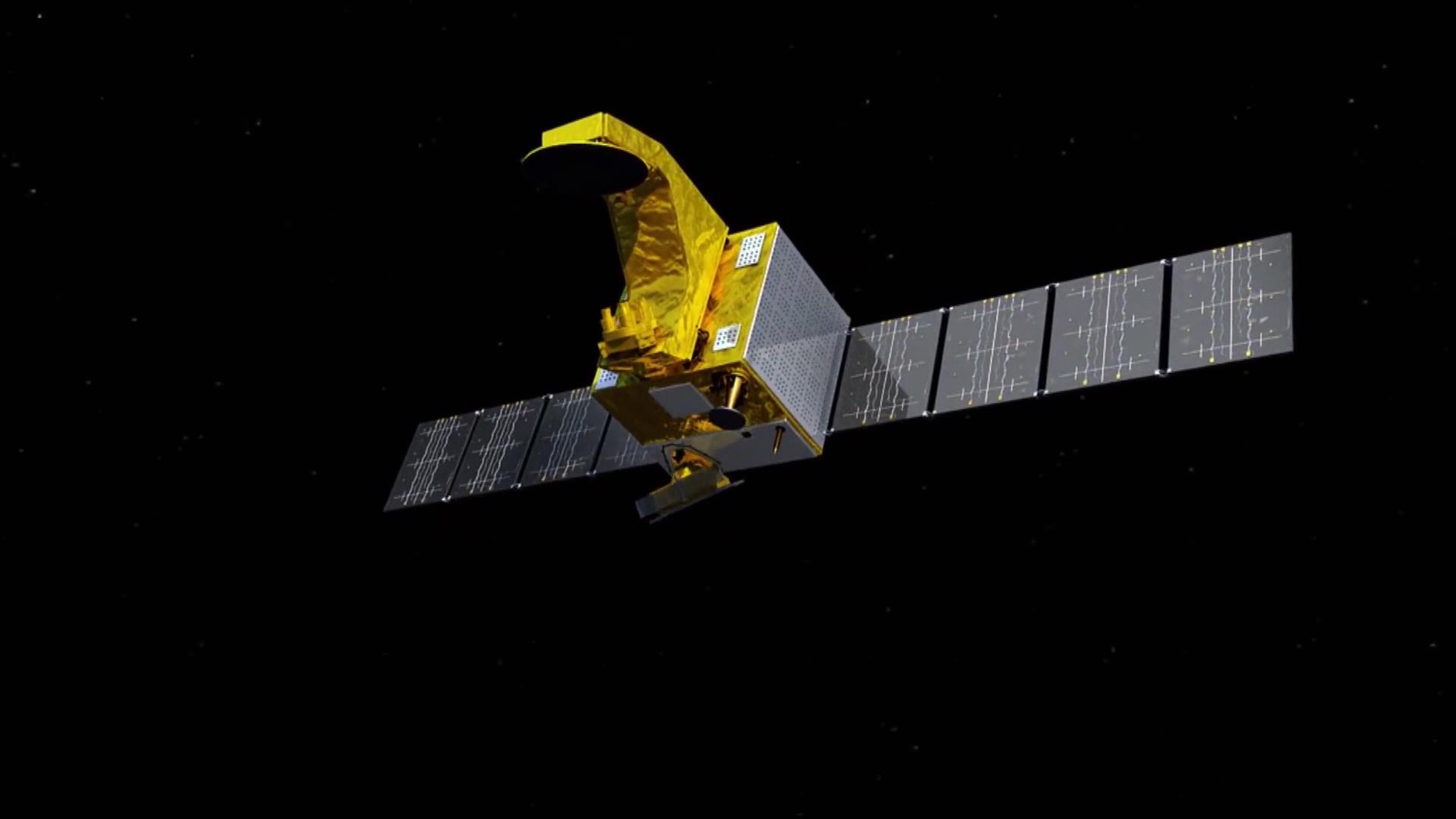 An illustration of CFOSAT. /CMG
An illustration of CFOSAT. /CMG
An illustration of CFOSAT. /CMG
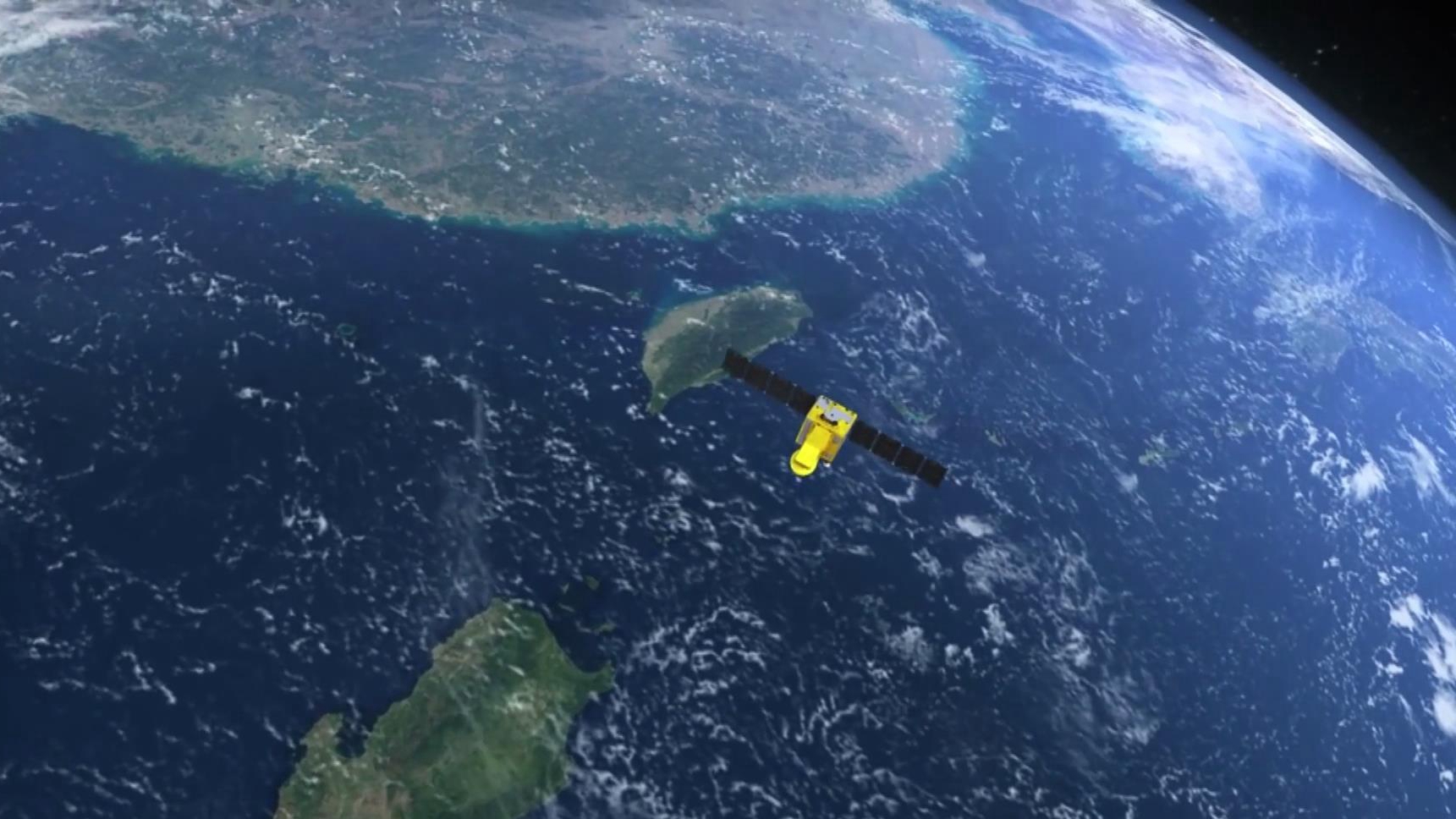 An illustration of CFOSAT. /CMG
An illustration of CFOSAT. /CMG
An illustration of CFOSAT. /CMG
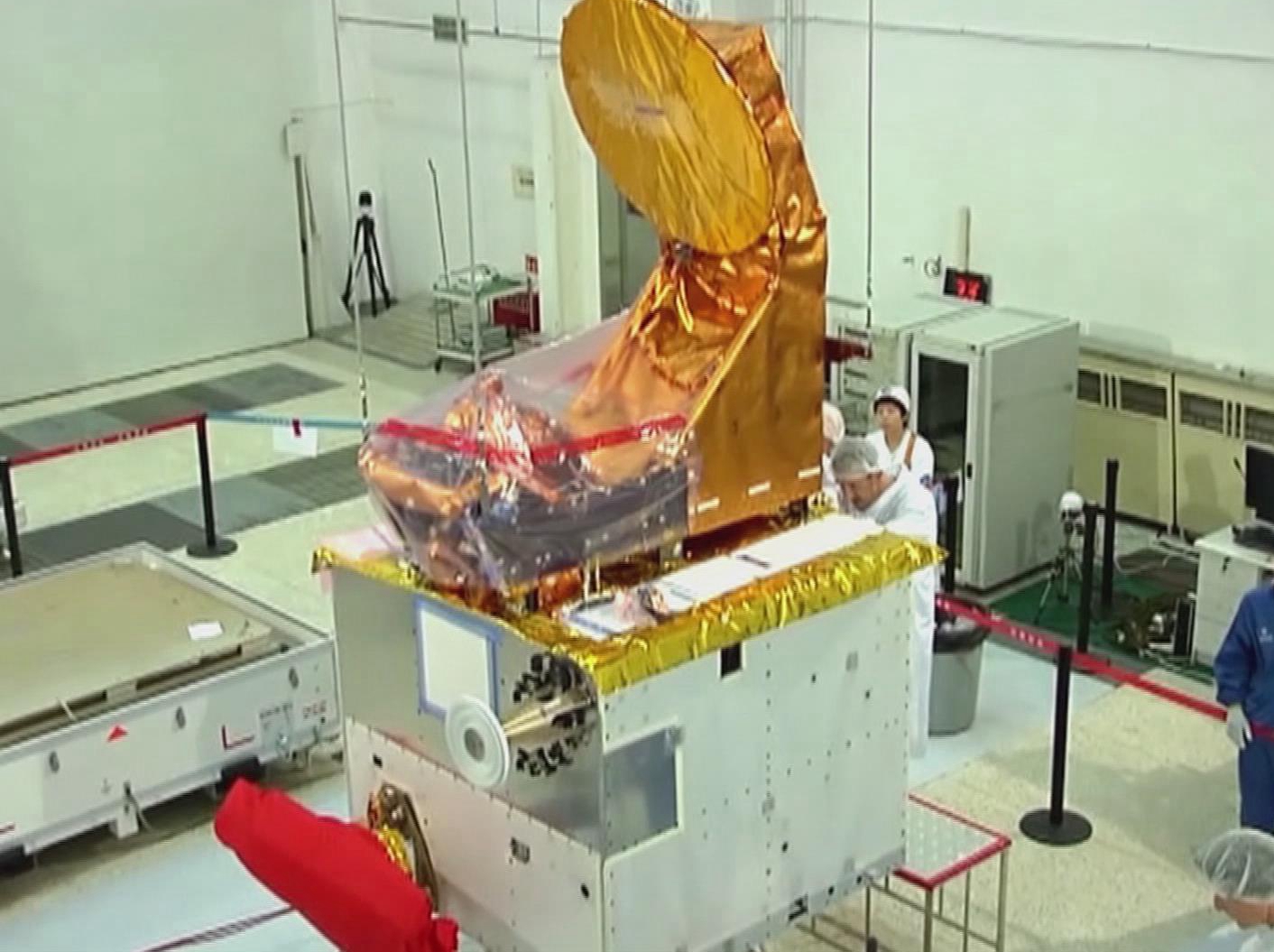 Chinese and French researchers work on CFOSAT. /CMG
Chinese and French researchers work on CFOSAT. /CMG
Chinese and French researchers work on CFOSAT. /CMG
In October 2018, the first oceanographic satellite jointly developed by China and France was sent into orbit. The satellite, named China-France Oceanographic Satellite (CFOSAT), has been tasked to provide 24/7 observation services to the researchers in both countries.
It helps people improve the understanding of the interaction between the oceans and atmosphere, and helps model and tackle climate change.
The effort was first conceived as part of a 2005 deal between the two countries’ science communities.
Lunar samples
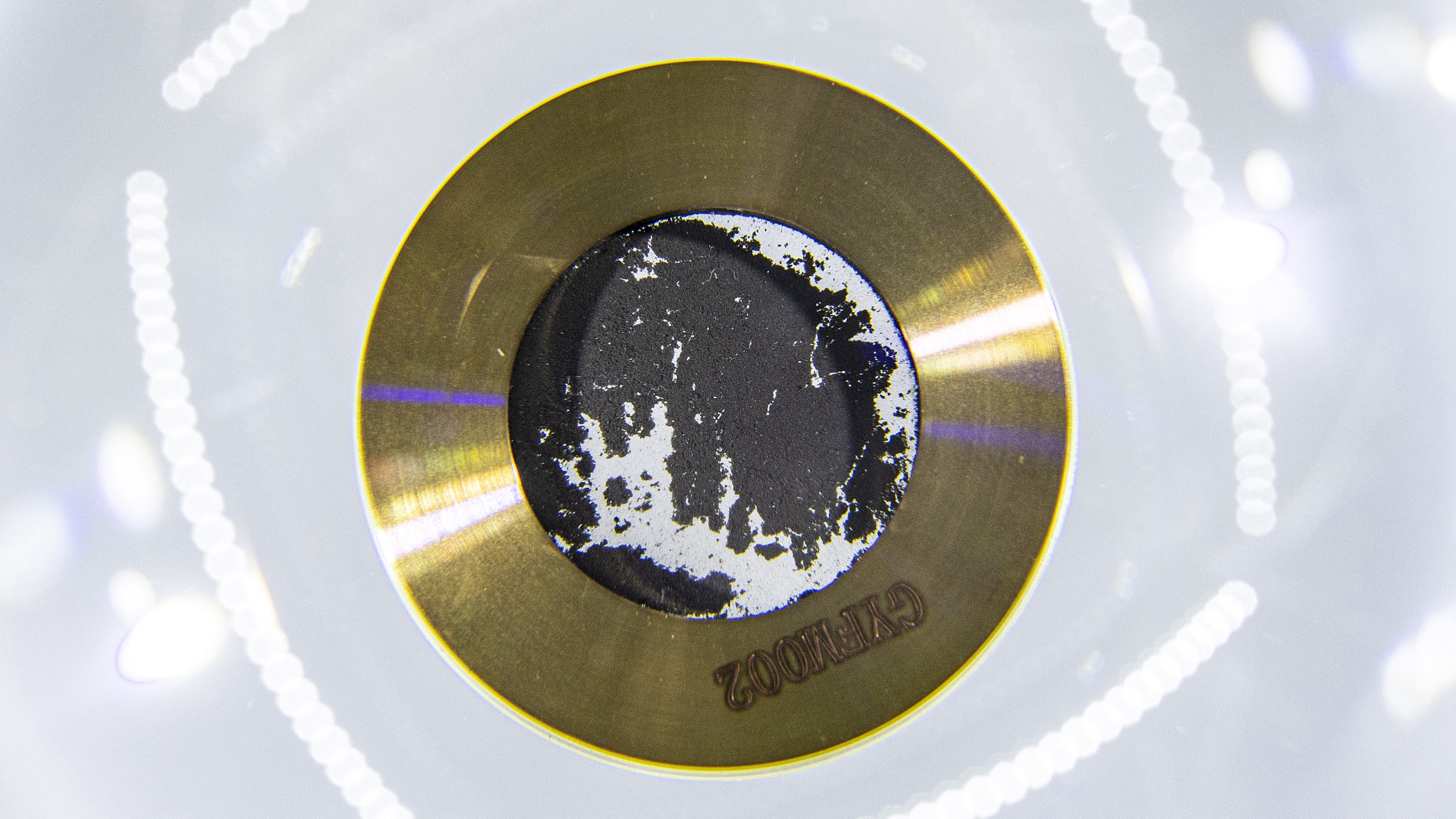 Lunar samples brought back by China’s Chang’e-5 mission demonstrated at the 2021 China Space Conference, east China’s Nanjing City, April 24, 2021. /CFP
Lunar samples brought back by China’s Chang’e-5 mission demonstrated at the 2021 China Space Conference, east China’s Nanjing City, April 24, 2021. /CFP
Lunar samples brought back by China’s Chang’e-5 mission demonstrated at the 2021 China Space Conference, east China’s Nanjing City, April 24, 2021. /CFP
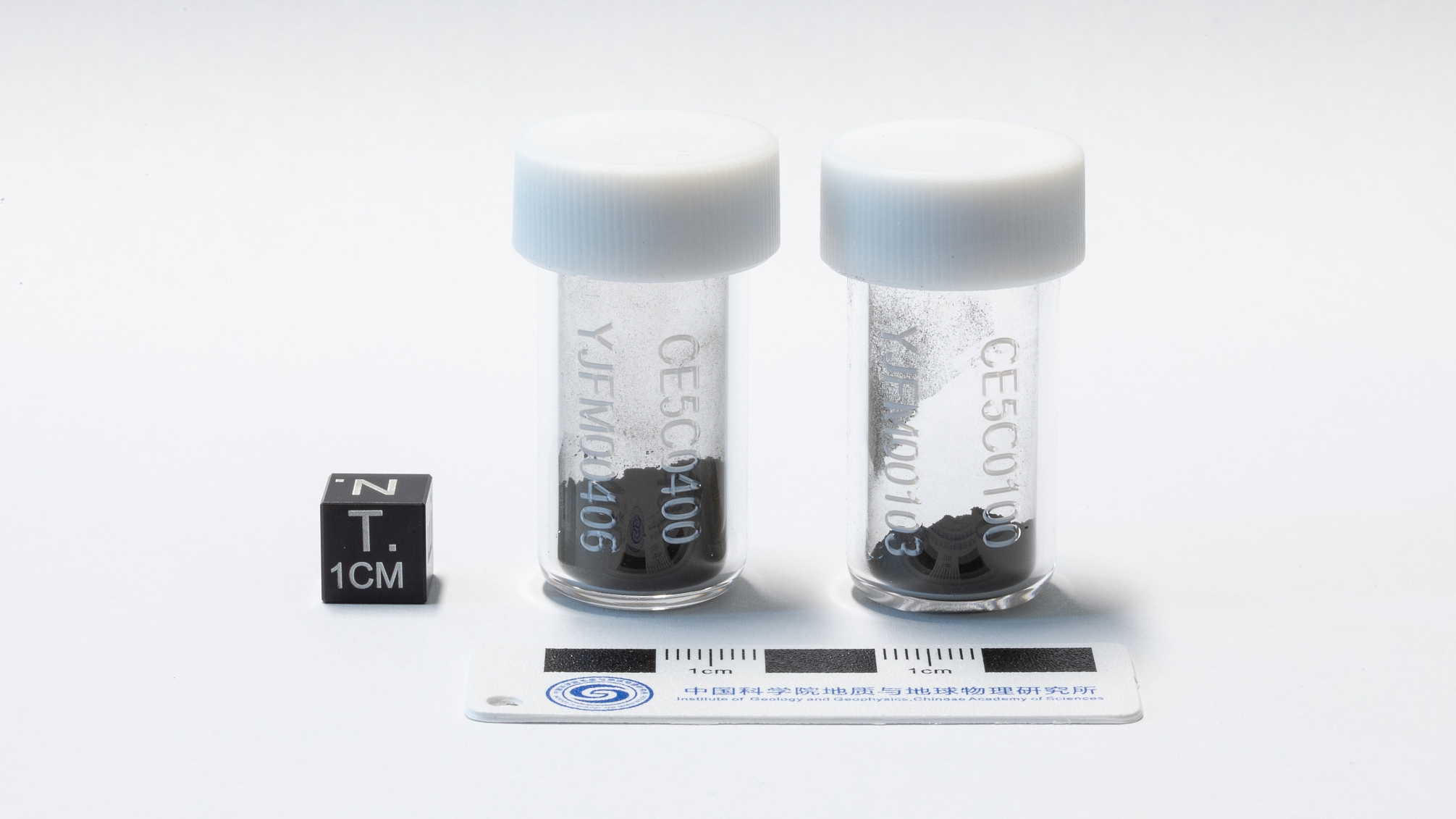 Lunar samples brought back by China’s Chang’e-5 mission, Beijing, August 26, 2021. /CFP
Lunar samples brought back by China’s Chang’e-5 mission, Beijing, August 26, 2021. /CFP
Lunar samples brought back by China’s Chang’e-5 mission, Beijing, August 26, 2021. /CFP
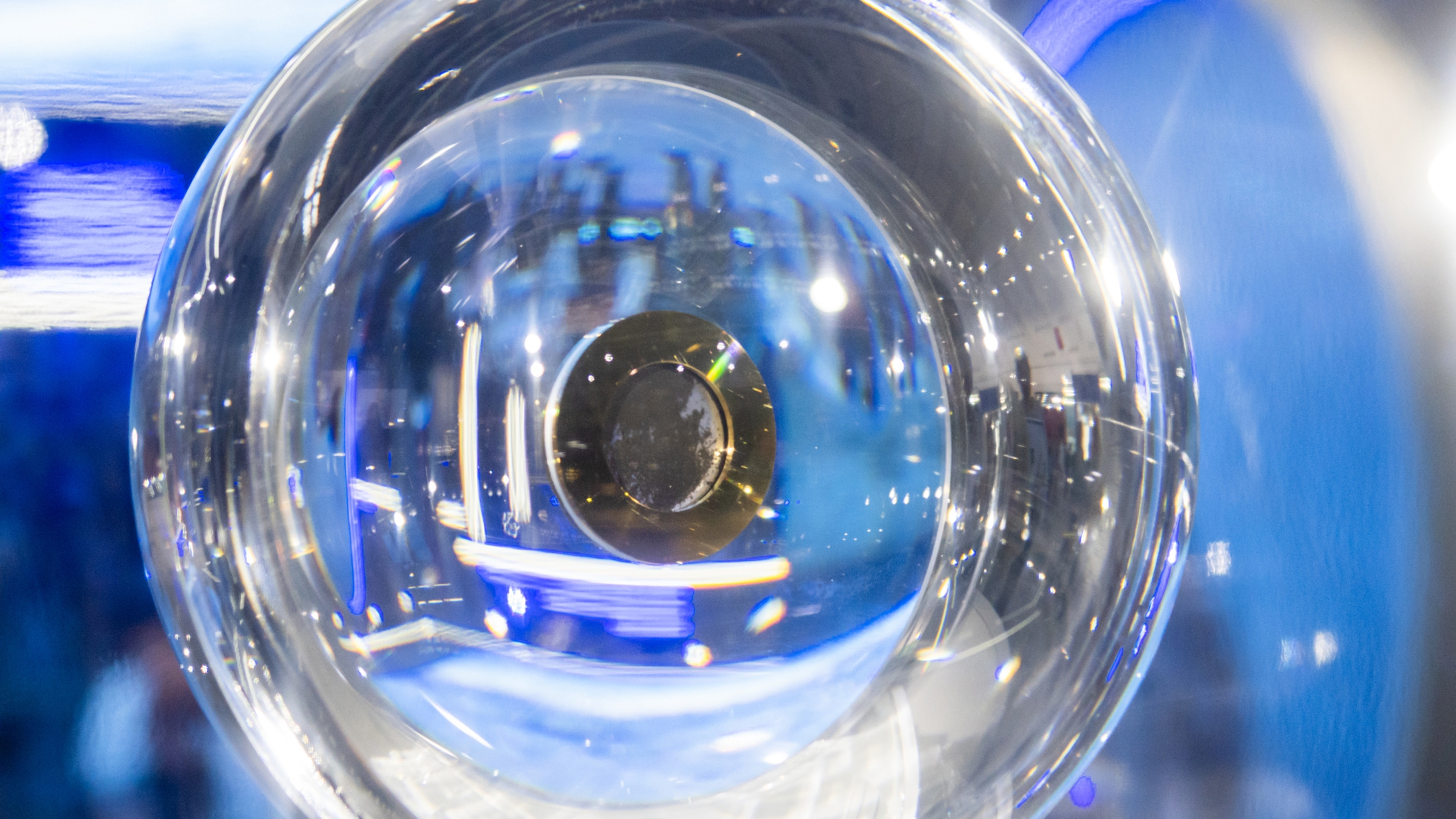 Lunar samples brought back by China’s Chang’e-5 mission demonstrated at an exhibition, central China’s Wuhan City, April 30, 2024. /CFP
Lunar samples brought back by China’s Chang’e-5 mission demonstrated at an exhibition, central China’s Wuhan City, April 30, 2024. /CFP
Lunar samples brought back by China’s Chang’e-5 mission demonstrated at an exhibition, central China’s Wuhan City, April 30, 2024. /CFP
During French President Emmanuel Macron’s visit to China in April 2023, China presented France with 1.5 grams of lunar samples returned by its Chang’e-5 mission in December 2020 for scientific research.
The international sharing and joint research on lunar samples is a major event in the scientific community worldwide, an important approach to study the formation and evolution of the moon, as well as a key scientific activity for human society to explore the unknowns, said the China National Space Administration (CNSA).
The samples have been settled at the National Museum of Natural History in Paris and studied in a joint effort by the French National Center for Space Studies, the French National Center for Scientific Research, the Paris Institute of Earth Physics and the University of Paris-Sorbonne.
Space Variable Objects Monitor
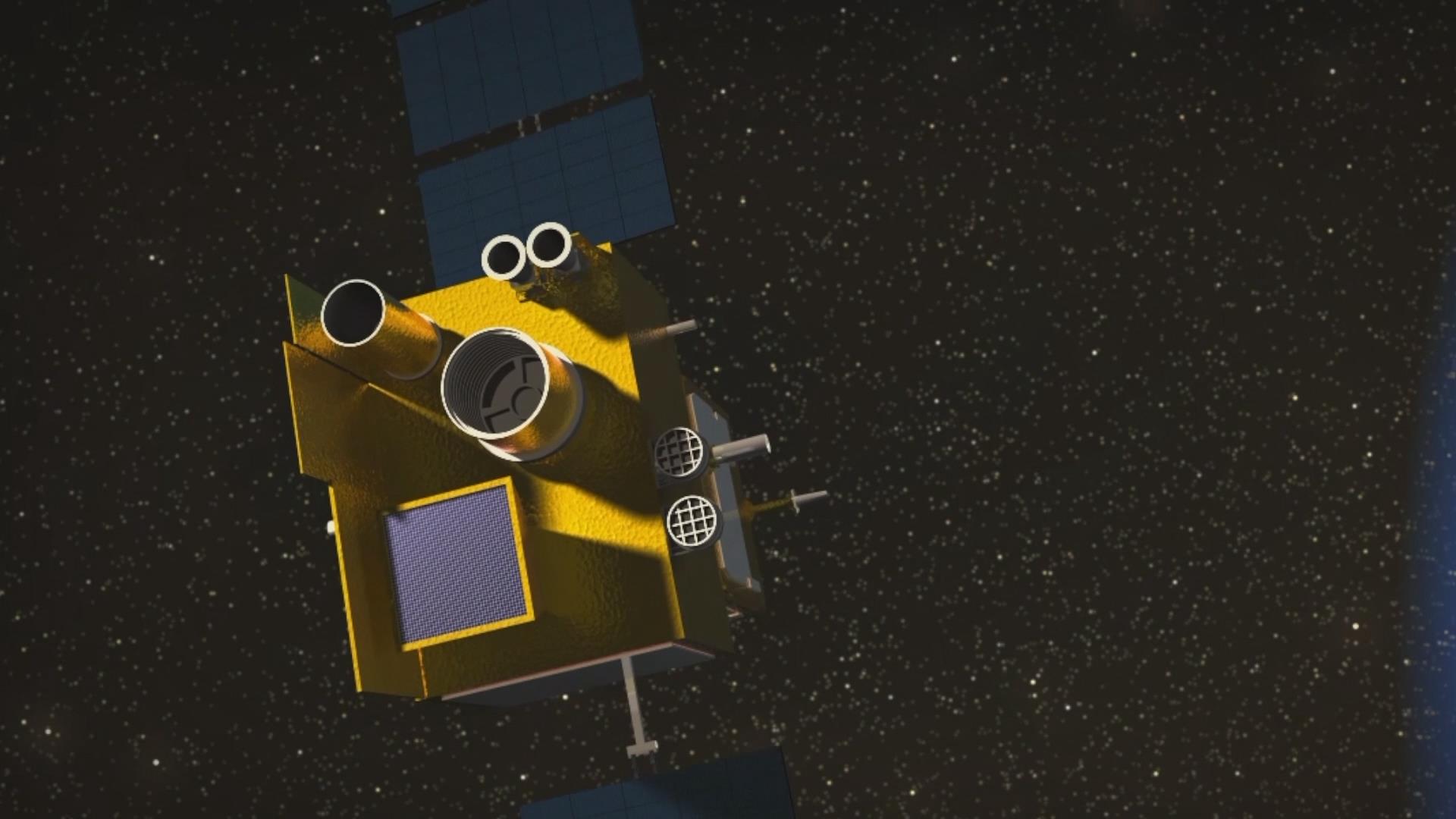 An illustration of SVOM. /CMG
An illustration of SVOM. /CMG
An illustration of SVOM. /CMG
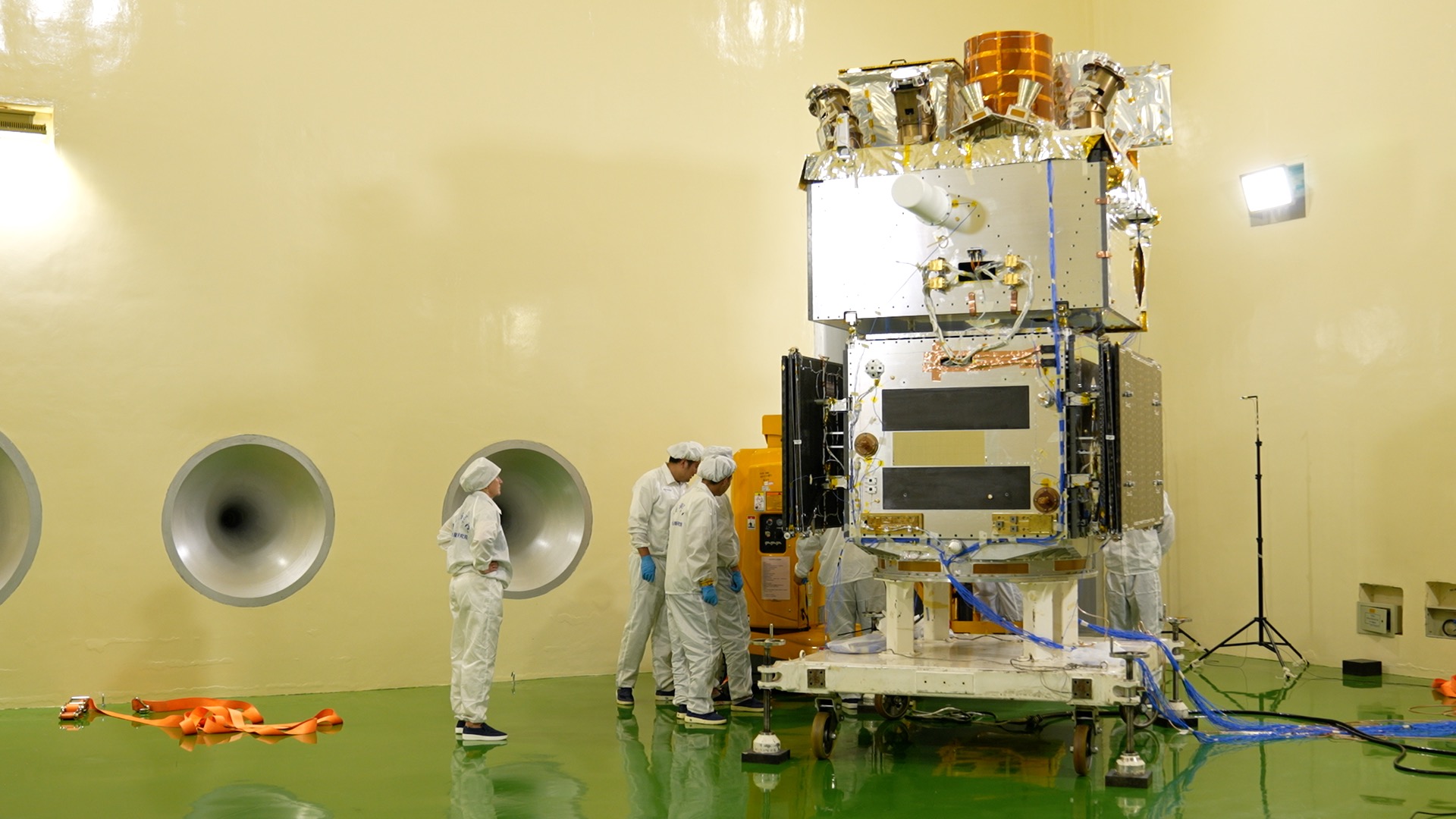 Engineers prepare for the acoustic test of SVOM, August 11, 2023. /CGTN
Engineers prepare for the acoustic test of SVOM, August 11, 2023. /CGTN
Engineers prepare for the acoustic test of SVOM, August 11, 2023. /CGTN
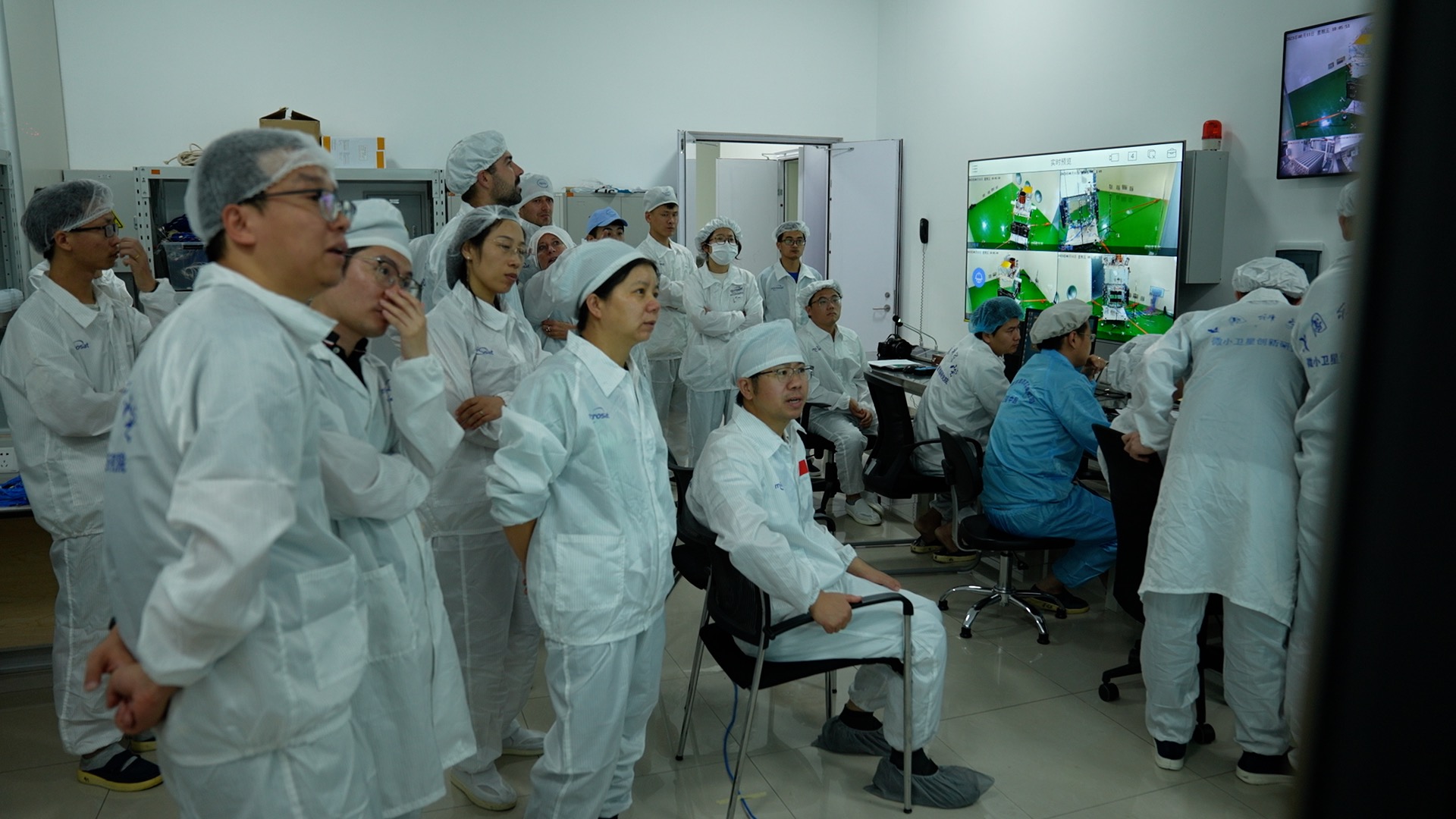 Chinese and French engineers conduct acoustic tests, Shanghai, China, August 11, 2023. /CGTN
Chinese and French engineers conduct acoustic tests, Shanghai, China, August 11, 2023. /CGTN
Chinese and French engineers conduct acoustic tests, Shanghai, China, August 11, 2023. /CGTN
The next step of China-France space cooperation is the Space Variable Objects Monitor (SVOM), which is planned to be launched later this year.
Jointly developed by the two countries, the satellite is designed to investigate distant cosmic explosions known as gamma ray bursts.
The SVOM satellite was approved for development in 2006 by the CNSA and the French national space agency Centre National d’Etudes Spatiales (National Centre for Space Studies, CNES).
The two countries both have their strengths in space exploration, said Yang.
“France has sufficient experience in space engineering. It has many ground stations in its territory outside Europe, which are very helpful for communication with deep space probes,” he said.
“China’s space industry is developing very fast. It already has a very huge space industry and it hopes to become an advanced country in space field. To achieve this goal, international space cooperation is extremely important for China,” Yang said.
The expert said the collaboration between China and France with not only benefit both countries, but also bring more returns on scientific research to experts all over the world.
“To have scientific research instruments on the spacecraft of another country can greatly promote the efficiency of certain space missions,” he said.
“We believe China and France may have deeper and wider collaboration in space field,” Yang said. “Besides the cooperation between space administrations of both countries, we also hope commercial entities of both countries can also have more chances to cooperate in the future.”
